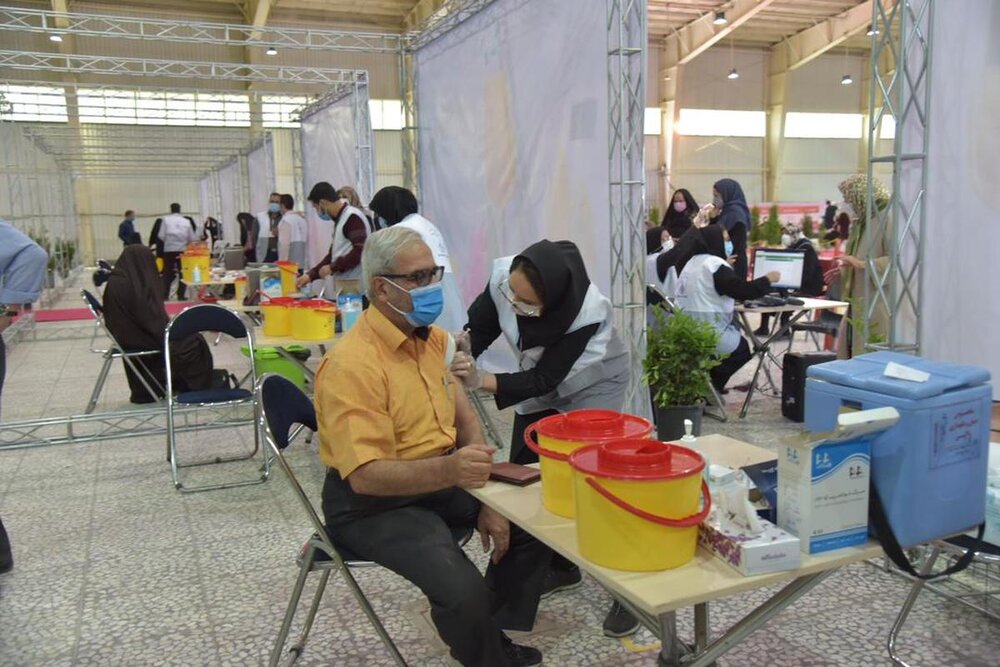Raisi began ‘biggest turning point’ in curbing COVID-19: American think tank

TEHRAN - RAND institution, an American nonprofit global policy think tank, has reported that the biggest turning point in containing the coronavirus pandemic in Iran was when the country began accelerating the daily administration of vaccines last summer by the administration of President Ebrahim Raisi.
“Despite economic sanctions and vaccine politics, 67 percent of the Iranian population today is fully vaccinated against COVID-19,” the RAND wrote in a commentary titled “Iran: Challenges and Successes in COVID-19 Pandemic Response”, published on April 20.
This led to the implementation of “smart protocols,” which freed vaccinated Iranians to engage in a wide range of activities while placing restrictions on the unvaccinated before the country entered the sixth wave of the pandemic, it added.
Iran has faced an uphill battle since the first cases of COVID-19 were found in the country, although with limited resources Iran has also had its share of successes and innovations in combating the virus.
Iran was one of the nations that were hit the hardest—both regionally and globally—in the early days of the pandemic.
The country is increasingly emphasizing mass vaccination campaigns and pushing for booster shots to curtail future spikes. The first cases of coronavirus in Iran were announced in Qom City on February 19, 2020. Iran quickly became a pandemic hotspot, and flight restrictions were imposed on Iran by other countries.
To compound the pandemic burden, economic sanctions on Iran may have contributed to shortages of personal protective equipment (PPE), intensive care beds, diagnostic equipment, ventilators, and COVID-19 diagnostic kits.
Iran is eager to defeat the coronavirus. To that end, Iranian officials continue to work with WHO and other partners to strengthen the country's health system in diagnosing and treating patients with COVID-19.
Additionally, the country is increasingly emphasizing mass vaccination campaigns and pushing for booster shots to curtail future spikes.
Iran's response to the pandemic gradually improved over time. To mitigate staff shortages and burnout, medical specialists and nursing staff from other divisions of the Iranian health system, such as educational and research medical centers, were temporarily transferred to where they were needed most.
In addition, many retired or nonworking nurses and other healthcare specialists, as well as nonspecialist volunteers, rejoined the healthcare workforce.
Iran also leaned on innovation and technology on several fronts. Examples include the development of an online self-screening platform to control the massive influx of patients to medical centers; and the production of COVID-19 test kits for use in free government sites.
The nation also embraced a self-sufficient approach to curbing the spread of the virus such as manufacturing ventilators locally and producing PPE and COVID-19 vaccines domestically.
MG
Leave a Comment